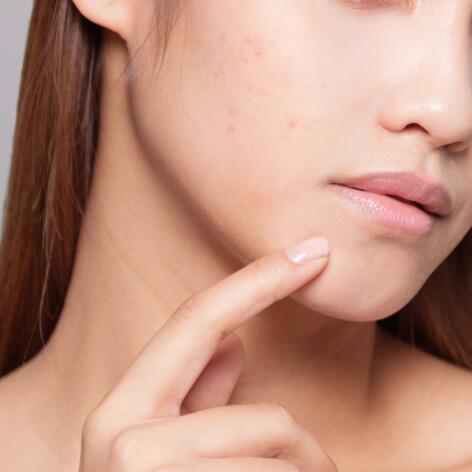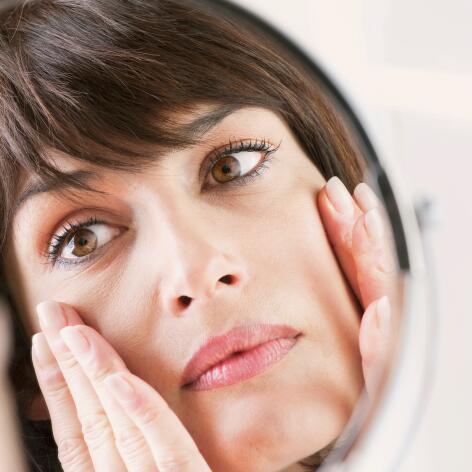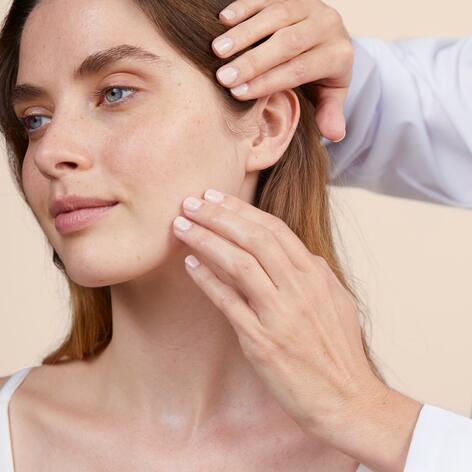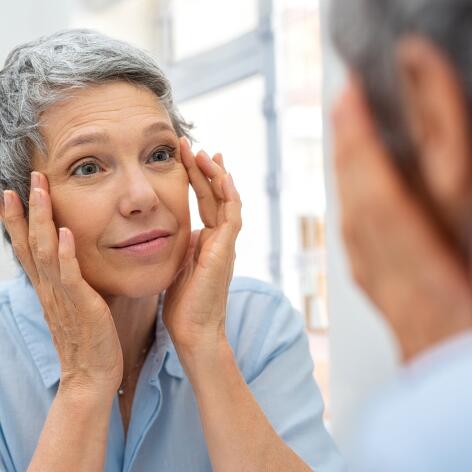- SUMMARY
- Make-up
How to apply make-up according to your age?
- What make-up to use for your skin type
- Make-up for acne-prone skin
- How do you apply make-up to oily skin?
- Make-up for vitiligo and white patches
- How do you apply make-up to dry skin?
- Make-up for sensitive skin
- How do you apply make-up to dehydrated skin?
- Make-up for skin weakened by cancer treatments
- Make-up for atopic skin
How to apply make-up according to your age?
Each skin has its own specificities and in our 50s, we don’t apply make-up in the same way as we did when we were teenagers. At 60, the right habits are not the same as they were at 30. So how do you apply make-up according to your age? We guide you through the process.

At what age can I start wearing make-up?
This is a question that many parents dread. There is obviously no legal age. It’s true that little girls often want to imitate mummy quite quickly. But many experts agree that wearing make-up before the age of 11 or 12 seems a bit premature. Puberty, the transition from childhood to adulthood, seems to be a good time to start talking about it seriously with your child.
Make-up in adolescence
Adolescence is a period of psychological and physical change. Most people wear make-up for two reasons: either to cover up their acne or to be like everyone else. In both cases, they try and try, but the results are not always there. Moisturising and make-up removal - although essential - are often skipped in favour of heavy make-up. Here’s everything you need to know to avoid making mistakes.
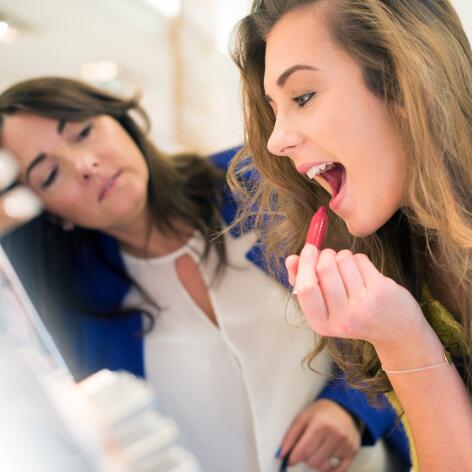
I've just turned 30. I see my skin changing, and I'm starting to get wrinkles around my eyes! I find that my current make-up is no longer suitable. I need a foundation with more coverage..
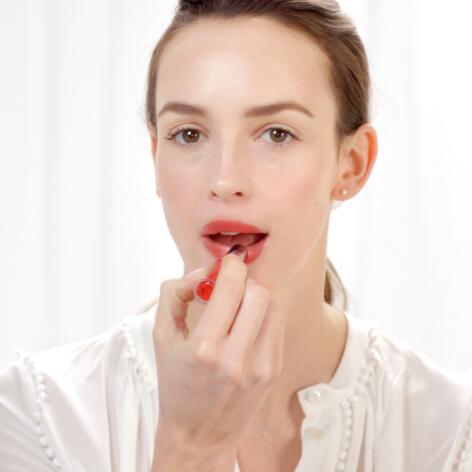
What kind of make-up should you wear in your thirties?
The 30-year mark is also a period of transition. Some imperfections may persist while the first signs of time begin to appear. Thus, acne in young women is very common, while the first fine lines appear at the corner of the eyes. And don't forget that melasma can also leave its mark during pregnancy. In your thirties, you will need to add new habits to your make-up routine. Objective: to enhance your complexion and correct and slow down the first signs of skin ageing.
Make-up at 40: keep up the good habits
A new decade is upon you, and with it your skin is showing new and seemingly unattractive characteristics: wrinkles are starting to appear, dark circles are more present, signs of fatigue are more visible, your complexion is becoming more uneven and your skin is drying out more easily... Don't worry, your skin is still young and a few simple make-up tricks are all you need to achieve a long-lasting luminous complexion
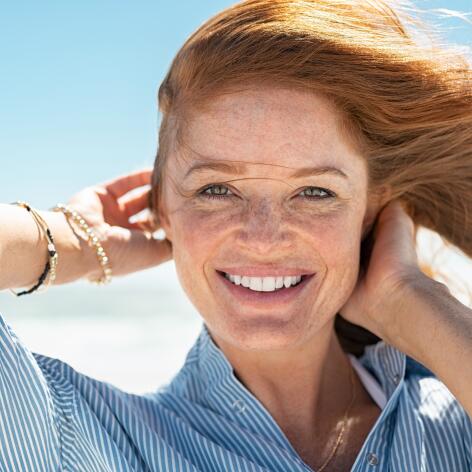
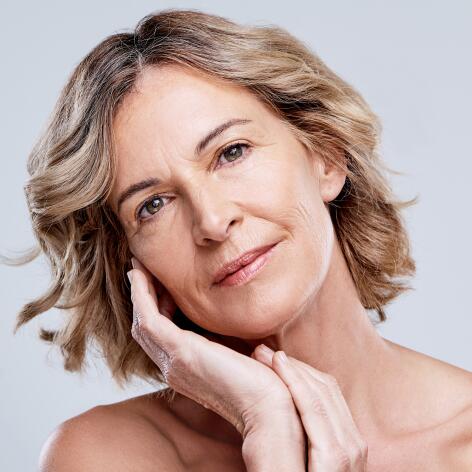
At 50, focus on simplicity
As you reach your fifties, it’s only natural to want to look a little younger. So how do you smooth out new expression lines and fine lines, fade dark circles and enhance droopy eyelids? Above all, you have to keep it simple. Here are the steps to take.
At 60, adopt the an "anti-ageing" make-up routine
Restoring radiance is what your make-up should be doing for you. Your objective: to illuminate your complexion and erase the signs of time. But while make-up is a great ally, it can also become a false friend, accentuating wrinkles, making features look heavier and emphasizing the signs of age. How to moisturise your skin? How to brighten, even out, and sculpt the complexion? Why you shouldn’t forget your eyebrows to enhance your look? And how do you highlight your lips? Follow all our tips.
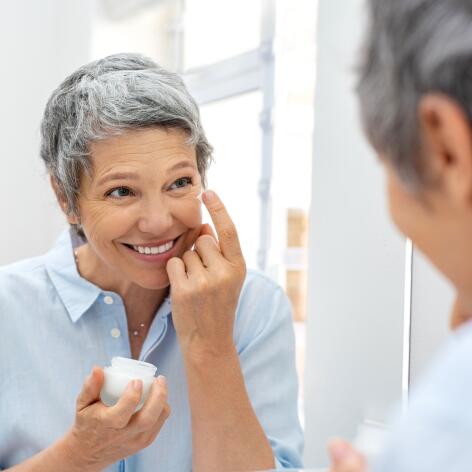
FRIENDLY (AND EXPERT) ADVICE
Don't skip make-up removal
Whatever your age, don't forget to remove your make-up every night. It is indeed the very first beauty gesture. Sleeping with your make-up on is very bad for your skin, and not removing it has a direct impact:
- The pores of the skin become clogged, thus encouraging the appearance of pimples.
- Clogged pores and a lack of moisture can also muddy the complexion.
- Forgetting to remove your make-up accentuates skin ageing.
We answer your questions
We’re here to help you sort fact from fiction
True. It’s actually also an essential step for the perfect make-up. Why? During the night, the skin dries out. It therefore needs to be rehydrated in the morning. Well-moisturised skin is more supple. This prepares your skin to receive make-up and allows it to wear well.
It does! Your child's skin has very specific needs. If her skin has blemishes, you will need to choose non-comedogenic products that will not facilitate the appearance of blackheads.
It does. Again, this is essential. The colour you choose can help rejuvenate you. Provided you choose the right one. For a rejuvenating effect, choose one shade deeper than your skin tone.
Our solutions for your make-up
Our Couvrance products are designed to help you feel more comfortable in your skin.COUVRANCE BEIGE CONCEALER BRUSH
This concealer is fantastic: The texture is light, it has no particular smell, good coverage and is water resistant. It has UV protection (SPF 15), which is pretty significant, and a small practical format, easy to take with you everywhere for small touch-ups during the day :) This brush concealer is the best!
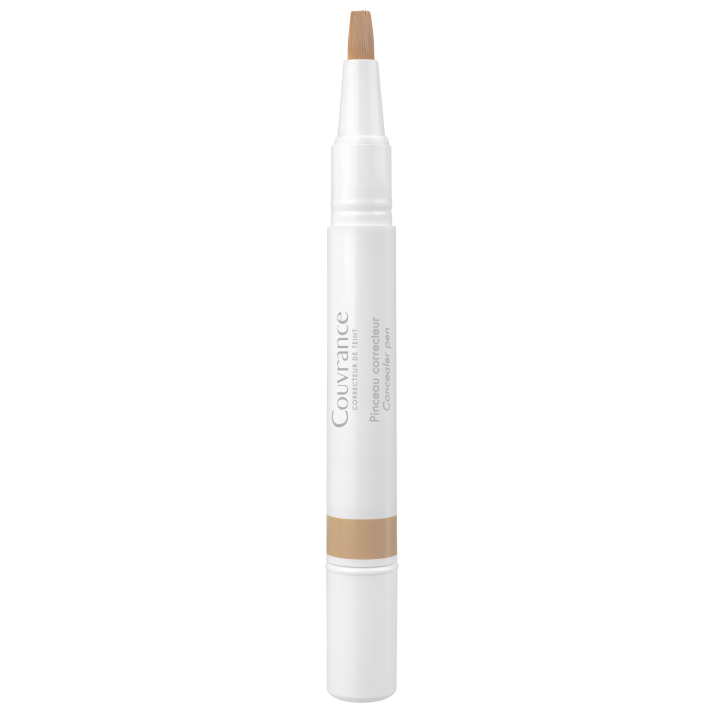
MORE
Which skin care routine should you adopt?
Identify what it really needs with the help of our experts and discover the most suitable skin care routine for you.

